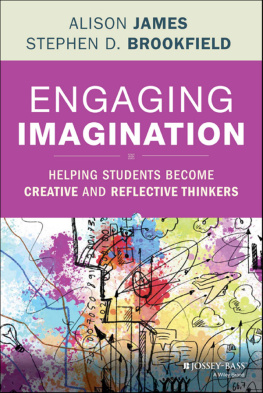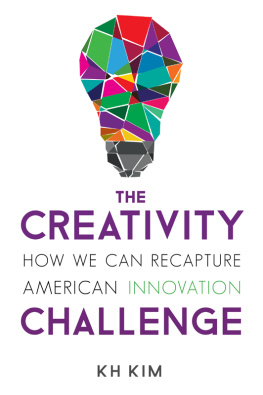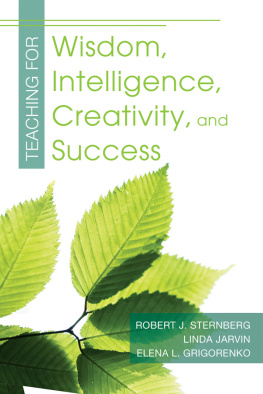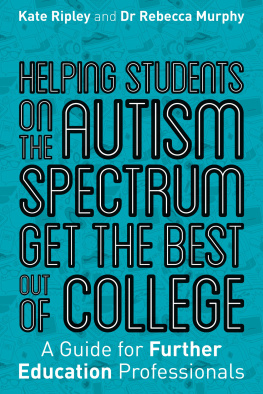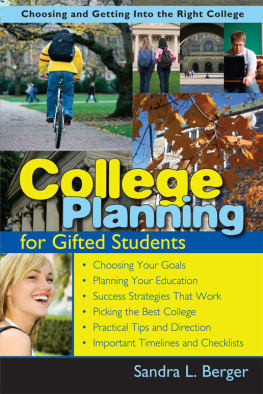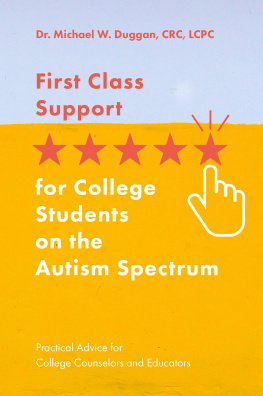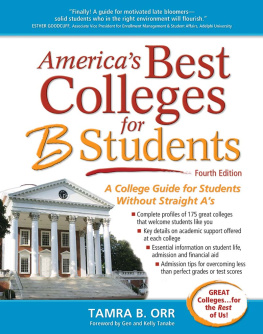
Engaging Imagination
Helping Students Become Creative and Reflective Thinkers
Alison James and Stephen D. Brookfield
Cover design by Michael Cook
Cover image : Sergey Nivens/Thinkstock (RF)
Copyright 2014 by John Wiley & Sons, Inc. All rights reserved.
Published by Jossey-Bass
A Wiley Brand
One Montgomery Street, Suite 1200, San Francisco, CA 94104-4594www.josseybass.com
No part of this publication may be reproduced, stored in a retrieval system, or transmitted in any form or by any means, electronic, mechanical, photocopying, recording, scanning, or otherwise, except as permitted under Section 107 or 108 of the 1976 United States Copyright Act, without either the prior written permission of the publisher, or authorization through payment of the appropriate per-copy fee to the Copyright Clearance Center, Inc., 222 Rosewood Drive, Danvers, MA 01923, 978-750-8400, fax 978-646-8600, or on the Web at www.copyright.com. Requests to the publisher for permission should be addressed to the Permissions Department, John Wiley & Sons, Inc., 111 River Street, Hoboken, NJ 07030, 201-748-6011, fax 201-748-6008, or online at www.wiley.com/go/permissions.
Limit of Liability/Disclaimer of Warranty: While the publisher and author have used their best efforts in preparing this book, they make no representations or warranties with respect to the accuracy or completeness of the contents of this book and specifically disclaim any implied warranties of merchantability or fitness for a particular purpose. No warranty may be created or extended by sales representatives or written sales materials. The advice and strategies contained herein may not be suitable for your situation. You should consult with a professional where appropriate. Neither the publisher nor author shall be liable for any loss of profit or any other commercial damages, including but not limited to special, incidental, consequential, or other damages. Readers should be aware that Internet Web sites offered as citations and/or sources for further information may have changed or disappeared between the time this was written and when it is read.
Jossey-Bass books and products are available through most bookstores. To contact Jossey-Bass directly call our Customer Care Department within the U.S. at 800-956-7739, outside the U.S. at 317-572-3986, or fax 317-572-4002.
Wiley publishes in a variety of print and electronic formats and by print-on-demand. Some material included with standard print versions of this book may not be included in e-books or in print-on-demand. If this book refers to media such as a CD or DVD that is not included in the version you purchased, you may download this material at http://booksupport.wiley.com. For more information about Wiley products, visit www.wiley.com.
Library of Congress Cataloging-in-Publication Data has been applied for and is on file with the Library of Congress.
ISBN 978-1-118-40947-3 (cloth)
ISBN 978-1-118-83619-4 (ebk.)
ISBN 978-1-118-836118- (ebk.)
The Jossey-Bass Higher and
Adult Education Series
Preface
This book is a tale of two coffees. It had its origins in a London caf in summer 2011, when we met for the first time to share mutual interests in student reflection. Alison had contacted Stephen by e-mail to let him know she had been using his Critical Incident Questionnaire (Brookfield, 2006) in her teaching at the London College of Fashion. Because Stephen would be visiting London a few months later, we decided to get together and chat about the different ways we each worked with students to develop reflective and critical thinking. Although Stephen had done some workshops at the Fashion Institute of Technology in New York, the world of creative arts education was unfamiliar to him. But he was intrigued to find out more about how Alison worked within that setting.
As we talked, we both agreed that visual and kinesthetic approaches to teaching reflective thought and practice, although central to certain creative arts disciplines, are largely unknown to teachers in other areas. We agreed that these kinds of approaches hold the possibility of migrating effectively from creative arts teaching to multiple settings. We wondered about drawing together our different experiences of teaching reflection under the umbrella of engaging imagination. We both want our classrooms to be ones in which students are engaged as learners, and we talked about the link between the use of imaginative activities and the creation of enlivening and engaging classrooms.
Eventually our conversation morphed into a book proposal and then into the book you now have in your hands (or on your screen). We decided to collaborate partly because this would open us up to each other's different worldviews and practices. Our assumption is that a strong part of becoming a better teacher is committing to learning new ways of thinking about, and doing, our pedagogic work. Our collaboration across a physical ocean and two continents, and across different intellectual paradigms, has been mutually engaging, and we hope this spirit of playful creativity comes through in our writing. An English College of Fashion and an American Catholic university are certainly very different environments. Yet we believe that colleagues in both institutions are equally interested in helping students become critically reflective and in creating lively classrooms that engage students.
In Engaging Imagination our purpose is to show how students develop and sharpen their personal, professional, and political understandings through an engagement in multiple classroom activities. We draw on multisensory approaches to learningvisual and verbal, kinesthetic and cognitive, online and off-line, solo study and group work, large and small numbers of studentsand travel across domains of time and space. Our focus, as befits our different backgrounds, is interdisciplinary, but what unites us is the focus on using creativity, imagination, and play to help students learn how to be critically reflective. We recognize that our approaches are not for every unit of study or every classroom; learners, teachers, outcomes, contexts, purposes, and subjects are all deciding factors in selecting what techniques to use and determining what will work. Some of you may have come across some of the activities described in this book in some guise already. What you decide to use, as with any teaching ideas, materials, or theories, will be a matter of personal preference, teaching style, and selection according to curricular purpose.
This is a book about practice, yet we would classify it not so much as a how to, but as more of a what if? book. What if we take more imaginative approaches and integrate them into what we do already, in whatever form that exists? What if we change the reflective questions, prompts, and structures that we, and our students, are used to using? What if we, and our students, step outside our comfort zone and do something differently? What if we are playful in our approaches to learning? What do we risk, lose, or gain?
Risk and uncertainty are things that we try to prepare our students to deal with in our volatile and unpredictable social, professional, financial, political, and educational climates. Trying new things in our teaching can be exhilarating but also risky; what if my students don't like new approaches and disengage from learning? Is the devil I know better than the one that's untested? Will playfulness be seen as anti-academic, as somehow not properly intellectual? The idea of playfulness is sometimes hard to fit with the kind of serious, high-minded endeavors that we expect of college and university students. Is this going to be a book about being silly?
Next page
